Low-code development platforms enable businesses to rapidly build and deploy customer-centric applications that enhance customer experience (CX). These platforms provide visual tools, drag-and-drop components, and pre-built templates to streamline application development, enabling faster time-to-market, increased collaboration, and easy updates.
Key Benefits of Low-Code for CX:
- Faster Development: Quickly build and deploy applications to meet changing customer needs
- Improved Collaboration: Enable technical and non-technical teams to work together seamlessly
- Enhanced Customer Experience: Provide personalized, seamless, and omnichannel experiences for customers
By leveraging low-code development, organizations can drive loyalty, retention, and revenue growth by delivering exceptional customer experiences.
Key Parts of Digital Customer Experience:
| Part | Description |
|---|---|
| Personalization | Tailor interactions based on customer preferences and behavior |
| Omnichannel Engagement | Provide consistent experiences across multiple touchpoints |
| User-Centric Design | Create intuitive and user-friendly interfaces |
| Real-Time Analytics | Collect and analyze data to gain insights into customer behavior |
| Accessibility and Inclusivity | Ensure all customers can interact with digital properties |
Real Examples of Low-Code for CX:
- Customer-specific portals for personalized experiences
- Customer experience apps for modernization and process automation
- Rapid application development for enhanced flexibility and customization
Improving Customer Experience with Low-Code:
- Rapid application development for faster response to customer needs
- Enhanced flexibility and customization for tailored experiences
- Easier integration with existing systems for a seamless experience
Benefits of Low-Code for CX:
| Benefit | Description |
|---|---|
| Speed and Agility | Respond quickly to customer feedback and deliver innovative solutions |
| Cost-Effectiveness | Reduce IT costs and invest in innovation and customer-centric initiatives |
| Personalization and Customization | Create tailored applications that cater to customer needs and preferences |
Choosing a Low-Code Platform for CX:
- Evaluate collaborative IDE, data integration, application lifecycle management, user experience, scalability, and ease of use
- Consider how the platform supports collaboration, data integration, and application development lifecycle
Best Practices for Using Low-Code for CX:
- Define clear objectives aligned with business goals
- Encourage collaboration between business users and IT stakeholders
- Prototype and iterate based on feedback and testing
- Prioritize security in customer-facing applications
- Stay up-to-date with the latest platform developments and updates
The Future of Customer Experience with Low-Code:
Low-code platforms will shape the future of customer experience by enabling rapid application development, driving innovation and competitiveness, and shifting the approach to customer experience. Integration of AI and machine learning will further enhance personalized and predictive experiences.
Related video from YouTube
Understanding Low-Code Development
Low-code development is a way to create software applications with minimal coding. It helps developers build, test, and deploy applications quickly and efficiently, reducing time and cost. Low-code development platforms provide a visual interface, drag-and-drop tools, and pre-built templates to simplify the development process.
In the context of customer experience, low-code development enables businesses to rapidly build and deploy applications that integrate data and insights to enhance customer interactions.
Key Benefits of Low-Code Development
| Benefit | Description |
|---|---|
| Faster Time-to-Market | Build and deploy applications quickly, reducing time-to-market and allowing businesses to respond rapidly to changing customer needs. |
| Increased Collaboration | Enable developers, IT, and business users to collaborate more effectively, reducing misunderstandings and miscommunication. |
| Easy Updates | Make changes and updates quickly and easily, without requiring extensive coding knowledge. |
By leveraging low-code development, businesses can create customer-centric applications that meet their needs and provide a smooth user experience. This approach helps businesses stay competitive in today's digital age, where customers expect personalized, fast, and smooth interactions.
Key Parts of Digital Customer Experience
A superior digital customer experience consists of several essential components that work together to provide a seamless, personalized, and engaging interaction with a brand. Low-code platforms play a crucial role in supporting these elements, enabling businesses to rapidly build and deploy applications that meet evolving customer needs.
Personalization
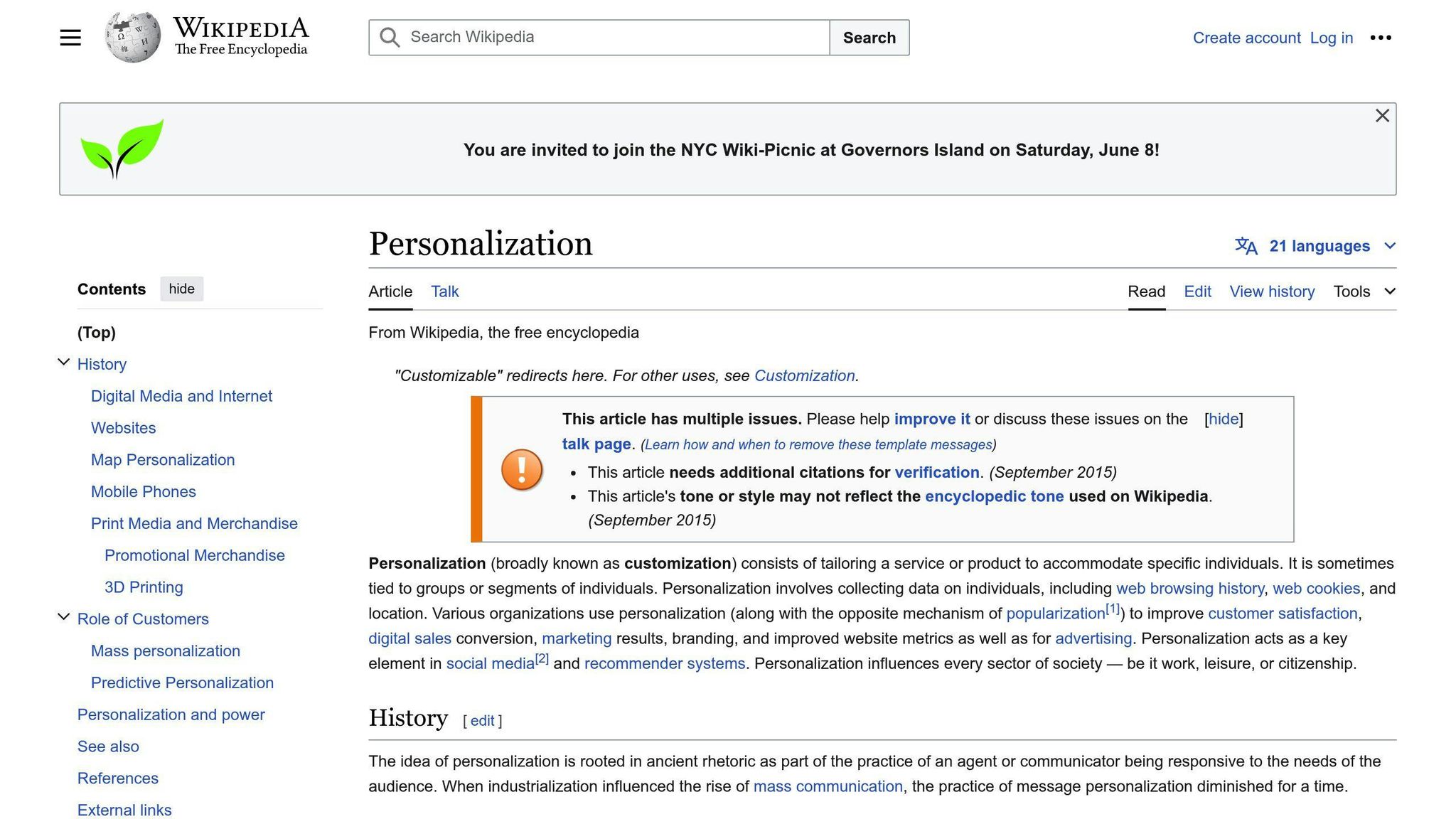
Personalization involves tailoring interactions to individual customers based on their preferences, behaviors, and needs. Low-code platforms provide tools and templates to create personalized experiences, such as:
| Personalization Element | Description |
|---|---|
| Product Recommendations | Suggest relevant products based on customer behavior and preferences |
| Customized Content | Display content tailored to individual customers' interests and needs |
| Targeted Offers | Provide offers and promotions that resonate with customers' preferences and behaviors |
Omnichannel Engagement
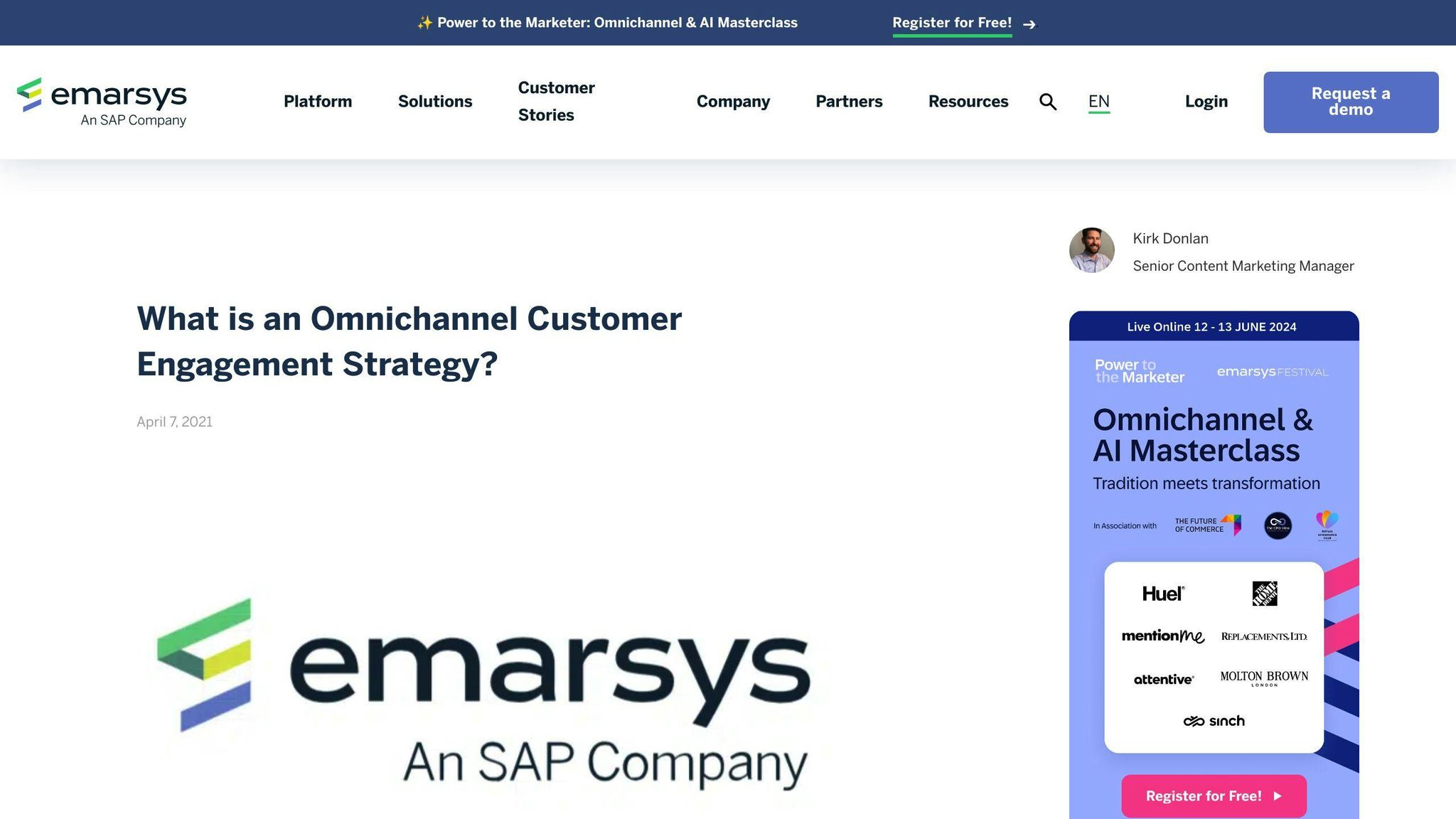
Omnichannel engagement involves providing a consistent and seamless experience across multiple touchpoints, including websites, mobile apps, social media, and physical stores. Low-code platforms enable businesses to integrate data and insights from various channels, ensuring a cohesive and personalized experience.
User-Centric Design
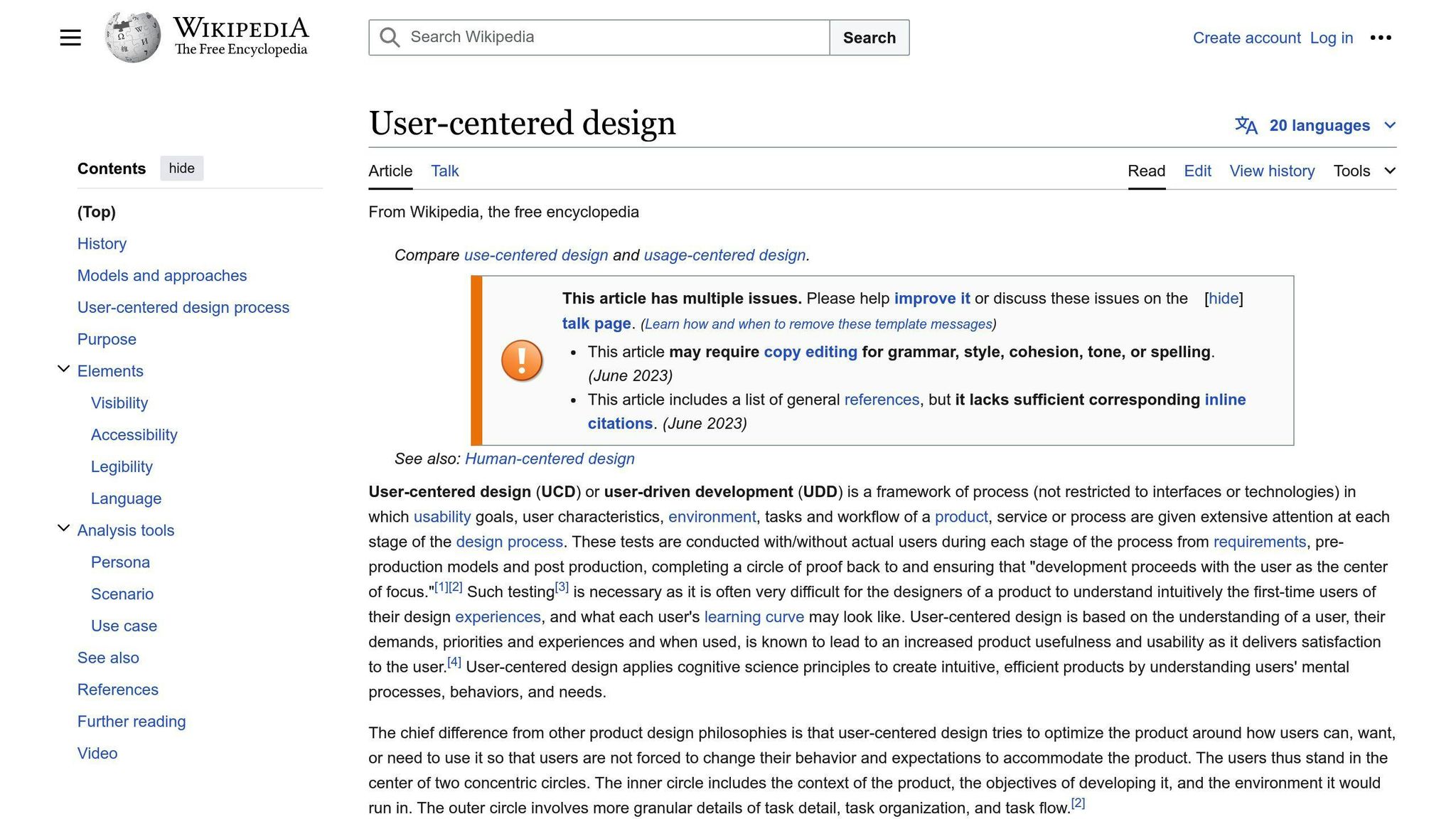
User-centric design focuses on creating intuitive and user-friendly interfaces that meet customers' needs and expectations. Low-code platforms provide visual interfaces and drag-and-drop tools, enabling developers to design and build applications that are easy to use and navigate.
Real-Time Analytics
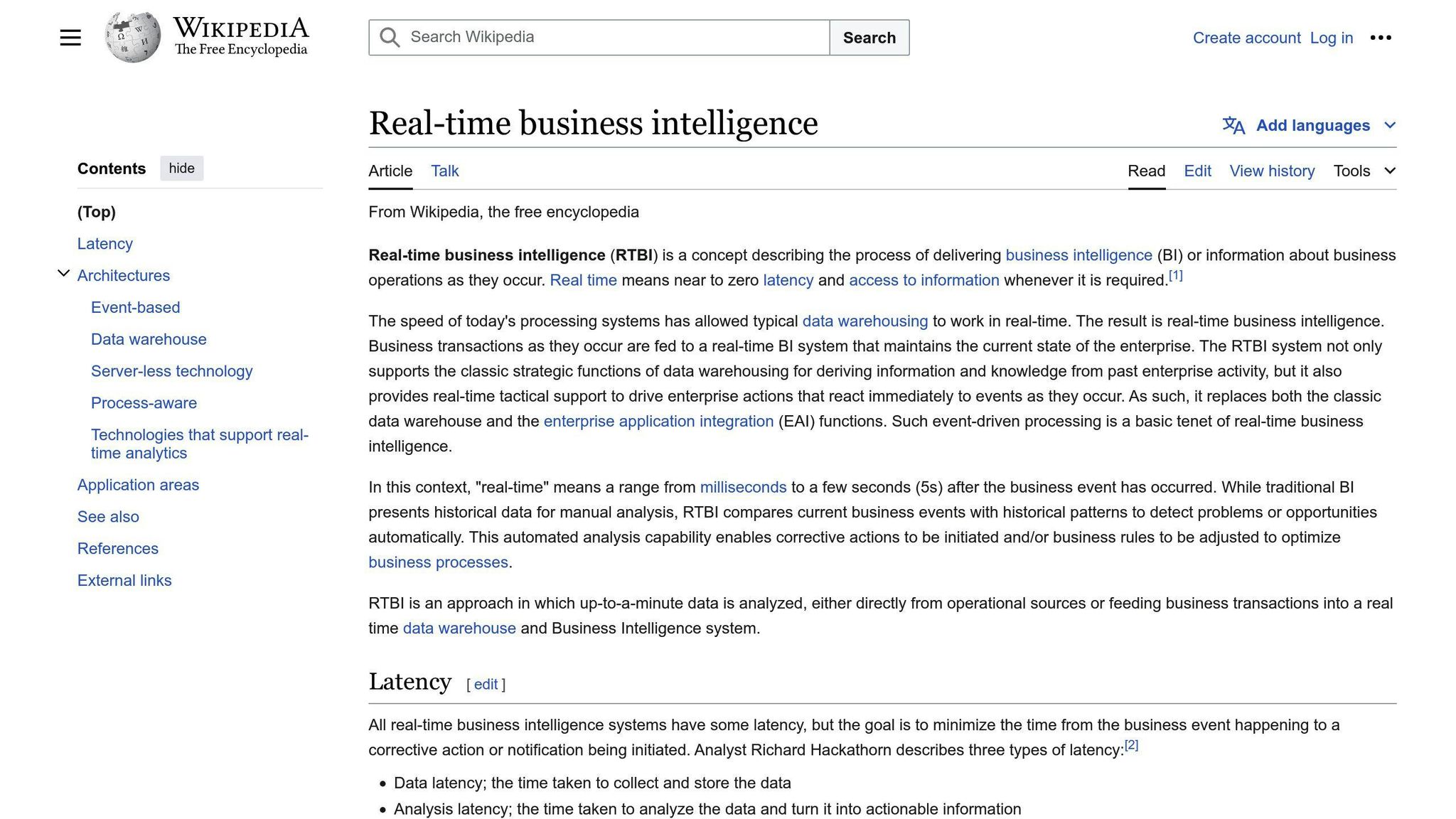
Real-time analytics involves collecting and analyzing data in real-time to gain insights into customer behavior and preferences. Low-code platforms provide analytics tools and integrations, enabling businesses to make data-driven decisions and optimize their digital customer experience.
Accessibility and Inclusivity
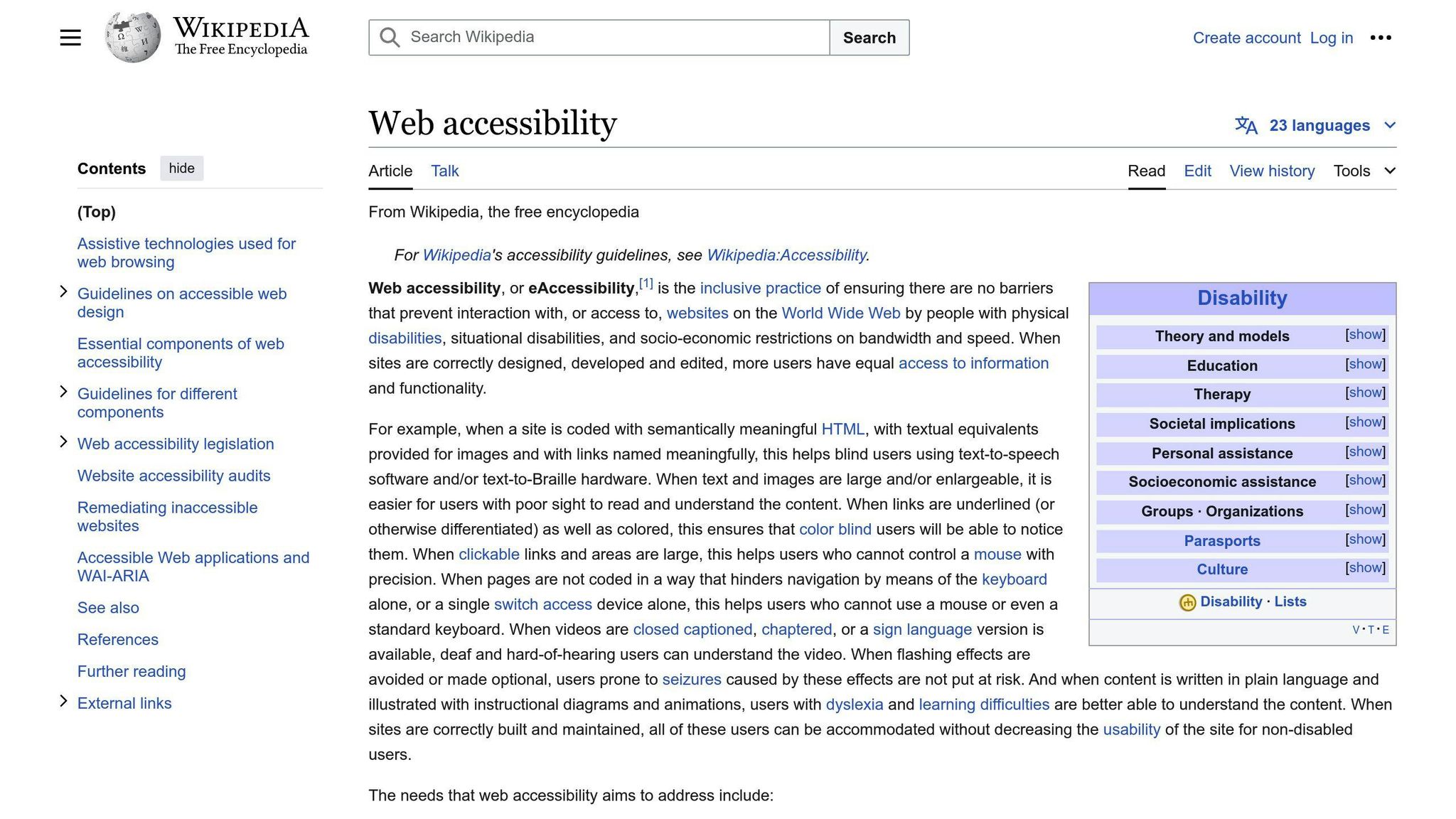
Accessibility and inclusivity are essential components of digital customer experience. Low-code platforms provide tools and templates to create accessible and inclusive experiences, ensuring that all customers can interact with a brand's digital properties.
By focusing on these key parts of digital customer experience, businesses can create engaging, personalized, and seamless interactions that drive loyalty, retention, and revenue growth. Low-code platforms play a vital role in supporting these elements, enabling businesses to rapidly build and deploy applications that meet evolving customer needs.
Real Examples of Low-Code for Customer Experience
Let's explore some real-world examples where low-code platforms have been used to transform and enhance customer experience.
Low-code platforms have been successfully implemented in various industries to revolutionize customer experience. Here are a few examples:
Customer-Specific Portals
Companies have used low-code to build customer-specific portals, enabling customers to have better control over their engagement with the company. These portals provide a personalized experience, leveraging business knowledge and insight from real customer experiences.
Customer Experience Apps
Low-code development platforms have been used to create customer experience apps, line-of-business apps, and automation and efficiency apps. These apps have enabled businesses to modernize existing apps, significantly speed up new application development, and simplify process automation.
Rapid Application Development
Low-code platforms have also been used to drive better customer experience through rapid application development, enhanced flexibility and customization, and easier integration. For example, a company can use a low-code platform to quickly develop a mobile app that allows customers to easily sign up, track their rewards, and provide feedback that can improve the membership experience.
These real-world examples demonstrate the power of low-code platforms in transforming and enhancing customer experience. By leveraging low-code, businesses can rapidly build and deploy applications that meet evolving customer needs, resulting in improved customer satisfaction, loyalty, and retention.
In the next section, we will explore how to improve customer experience with low-code.
Improving Customer Experience with Low-Code
Low-code development platforms can significantly contribute to delivering a better customer experience in various ways.
Rapid Application Development
Low-code platforms enable businesses to quickly develop and deploy applications, allowing them to respond to customer needs and market trends more efficiently. This rapid development cycle means that businesses can:
- Respond to customer feedback more efficiently
- Proactively anticipate customer requirements
- Deliver innovative solutions that exceed customer expectations
Enhanced Flexibility and Customization
Low-code platforms offer extensive customization options, empowering businesses to create tailored applications that cater to the needs of their customers. This allows organizations to:
| Customization Option | Description |
|---|---|
| Personalized Experience | Create applications that provide a personalized experience for customers |
| Unique Requirements | Address the unique requirements and preferences of the target audience |
| Customer-Centric Design | Design applications that are centered around customer needs and expectations |
Easier Integration
Low-code platforms often come with built-in support for integrating with various existing systems, tools, and services, reducing the complexity of connecting various components seamlessly. This simplifies the process of integrating new customer-facing applications with an organization's existing infrastructure, ensuring a smooth and consistent experience for end-users.
By leveraging low-code development platforms, businesses can improve customer experience by streamlining business operations, increasing efficiency, and fostering innovation. This allows organizations to create customer-centric applications that cater to customer needs and provide a seamless user experience.
sbb-itb-33eb356
Benefits of Low-Code for Customer Experience
Low-code development offers several advantages for customer experience, including speed, cost-effectiveness, and personalization.
Speed and Agility
Low-code platforms enable businesses to quickly develop and deploy applications, allowing them to respond to customer needs and market trends more efficiently. This rapid development cycle means that businesses can:
| Advantage | Description |
|---|---|
| Respond to customer feedback | Faster response to customer feedback and concerns |
| Anticipate customer requirements | Proactively anticipate customer needs and preferences |
| Deliver innovative solutions | Deliver innovative solutions that meet customer expectations |
Cost-Effectiveness
Low-code development reduces the complexity and cost associated with traditional software development. By leveraging visual interfaces, drag-and-drop components, and pre-built templates, businesses can:
| Cost-Benefit | Description |
|---|---|
| Reduce IT costs | Lower IT costs and allocate resources more efficiently |
| Build applications faster | Develop applications faster and at a lower cost |
| Invest in innovation | Invest in innovation and customer-centric initiatives |
Personalization and Customization
Low-code platforms offer extensive customization options, empowering businesses to create tailored applications that cater to the needs of their customers. This allows organizations to:
| Customization Option | Description |
|---|---|
| Provide a personalized experience | Create applications that provide a personalized experience for customers |
| Address unique requirements | Address the unique requirements and preferences of the target audience |
| Design customer-centric applications | Design applications that are centered around customer needs and expectations |
By leveraging low-code development, businesses can improve customer experience by streamlining business operations, increasing efficiency, and fostering innovation. This allows organizations to create customer-centric applications that cater to customer needs and provide a seamless user experience.
Choosing a Low-Code Platform for Customer Experience
When selecting a low-code platform for customer experience, it's essential to consider several key factors. The right platform can empower your organization to quickly develop and deploy applications that meet customer needs, while the wrong one can lead to frustration and wasted resources.
Evaluating Low-Code Platforms
To choose the right low-code platform, evaluate the following criteria:
| Criteria | Description |
|---|---|
| Collaborative IDE | Does the platform offer a collaborative integrated development environment (IDE) for real-time collaboration between business and IT stakeholders? |
| Data Integration | Can the platform integrate with various data sources and systems, providing secure and easy access to data? |
| Application Lifecycle Management | Does the platform offer an integrated set of tools and services for continuous support throughout the application development lifecycle? |
| User Experience | Can the platform support the development of web, mobile, immersive, and conversational experiences that optimize user experience? |
| Scalability | Can the platform scale to meet the needs of your growing business and customer base? |
| Ease of Use | Is the platform easy to use, even for non-technical users, and does it provide a low-code or no-code development environment? |
Key Questions to Consider
When evaluating low-code platforms, ask yourself:
- How can business stakeholders provide feedback throughout the development process?
- How do multiple developers work on the same project, and how is conflict resolution handled?
- Is there out-of-the-box connectivity to external data and services, and how secure is data integration?
- How does the platform support developers from application ideation to deployment without leaving the IDE?
- What kind of support does the platform provide for native mobile, progressive web applications (PWAs), and responsive web applications?
By carefully evaluating these criteria and asking the right questions, you can choose a low-code platform that meets your organization's needs and helps you deliver exceptional customer experiences.
Best Practices for Using Low-Code for Customer Experience
When using low-code platforms for customer experience, there are several best practices to keep in mind to ensure optimal results. By following these guidelines, organizations can unlock the full potential of low-code development and deliver exceptional customer experiences.
Define Clear Objectives
Before starting a low-code project, define clear objectives and outcomes. This will help ensure that the project stays focused and aligned with business goals. Identify the problem you're trying to solve, and guide development with a clear understanding of the desired outcome.
Encourage Collaboration
Low-code platforms are designed to facilitate collaboration between business users and IT stakeholders. Foster an environment where both parties can work together closely, providing feedback and insights throughout the development process.
Prototype and Iterate
Rapid prototyping and iteration are key benefits of low-code development. Encourage experimentation and testing of new ideas, and be willing to make changes and adjustments as needed.
Prioritize Security
Security should always be a top priority when developing customer-facing applications. Ensure that your low-code platform adheres to security best practices, and that any data interactions are secure.
Stay Up-to-Date
Low-code platforms are constantly evolving, with new features and tools being added regularly. Stay current with the latest developments and updates, and take advantage of new capabilities as they become available.
Best Practices Summary
| Best Practice | Description |
|---|---|
| Define Clear Objectives | Ensure the project stays focused and aligned with business goals |
| Encourage Collaboration | Foster close collaboration between business users and IT stakeholders |
| Prototype and Iterate | Encourage experimentation and testing of new ideas |
| Prioritize Security | Ensure the low-code platform adheres to security best practices |
| Stay Up-to-Date | Stay current with the latest developments and updates |
By following these best practices, organizations can unlock the full potential of low-code development and deliver exceptional customer experiences.
The Future of Customer Experience with Low-Code
As we conclude this guide to low-code CX transformation, let's look at the main takeaways and the future implications of low-code development on customer experience.
Low-Code Development and Customer Experience
Low-code platforms will play a critical role in shaping the future of customer experience. With the ability to rapidly build and deploy applications, organizations can respond quickly to changing customer needs and preferences. This agility will become increasingly important as customers continue to demand personalized, seamless, and omnichannel experiences.
Driving Innovation and Competitiveness
Low-code platforms will also drive innovation and competitiveness in the market. By empowering non-technical users to create applications, organizations can unlock new ideas and perspectives, leading to the development of novel customer experiences that set them apart from competitors.
Shift in Approach to Customer Experience
The rise of low-code development will lead to a shift in the way organizations approach customer experience. With the ability to quickly experiment and iterate, companies will focus more on delivering incremental improvements to the customer experience, rather than trying to make sweeping changes.
Integration of AI and Machine Learning

As the low-code landscape continues to evolve, we can expect to see new features and tools emerge that will further enhance the customer experience. For example, the integration of AI and machine learning capabilities will enable organizations to create even more personalized and predictive experiences.
Conclusion
In conclusion, the future of customer experience with low-code is promising, and organizations that adopt this approach will be well-positioned to thrive in an increasingly competitive market. By leveraging the power of low-code development, companies can create exceptional customer experiences that drive loyalty, retention, and ultimately, revenue growth.
FAQs
What is a low-code CX platform?
A low-code CX platform is a development tool that allows both technical and non-technical teams to work together to create applications that enhance customer experience. These platforms provide visual interfaces, drag-and-drop components, and pre-built templates that simplify the development process.
What is low-code customer experience?
Low-code customer experience refers to the use of low-code development platforms to create applications that provide personalized, seamless, and omnichannel experiences for customers. This approach enables organizations to quickly build and deploy applications that meet changing customer needs and preferences.
Key Benefits of Low-Code CX
| Benefit | Description |
|---|---|
| Faster Development | Rapidly build and deploy applications that meet changing customer needs |
| Improved Collaboration | Enable technical and non-technical teams to work together seamlessly |
| Enhanced Customer Experience | Provide personalized, seamless, and omnichannel experiences for customers |
By leveraging low-code development, organizations can drive loyalty, retention, and revenue growth by delivering exceptional customer experiences.

